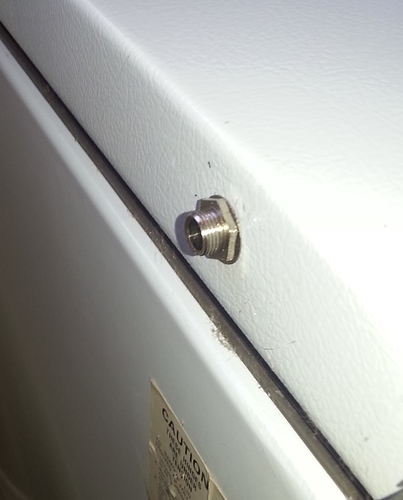Based on my own experience and stories of others, I would avoid fotek. There might be good ones and the bad ones might be counterfeit, but I would just avoid the brand.
The main benefit of an SSR is that it switches on a zero crossing of the AC current. It is not the mechanical relay that is causing the interference, it is the possibility of switching when the AC is at its peak. The motor and start capacitor have very low resistance at this point and a high inrush current will result. When an SSR switches on a zero crossing of the AC voltage, the current will slowly ramp up with the AC sinus.
Bypassing the internal relay in the thermostat is a good idea.
Sainsmart is decent, I have sold them in the past.
5A is probably enough, but don’t take my word on it. The SSRs should have a small heatsink.
We ship to Canada for about 14 euro.
